
sabrigade
-
Posts
1,707 -
Joined
-
Last visited
-
Days Won
34
Content Type
Profiles
Forums
Blogs
Gallery
Events
Store
Posts posted by sabrigade
-
-
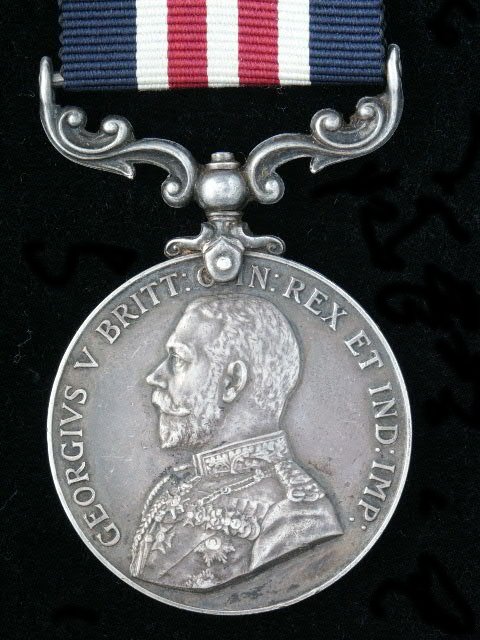
THE MILITARY MEDAL
Instituted on 25 March 1916, the medal was awarded toNCOs and men of the British army and other services for individual orassociated acts of bravery on land and in the field. It was also awarded tomembers from the Commonwealth countries. The obverse has the sovereign's effigyand the obverse has the crowned royal cypher above the inscription "FOR BRAVERYIN THE FIELD". The ribbon has broad dark blue edges flanking a central sectionof three narrow white and two narrow crimson stripes. Over 15000 awards weremade during the Second World War, 14 were awarded to members of the SouthAfrican Non-European Army Services. Recipients of the medal were entitled touse the post nominal letters "MM". One wonders how many of the 14 have survived the passages of time!
0 -
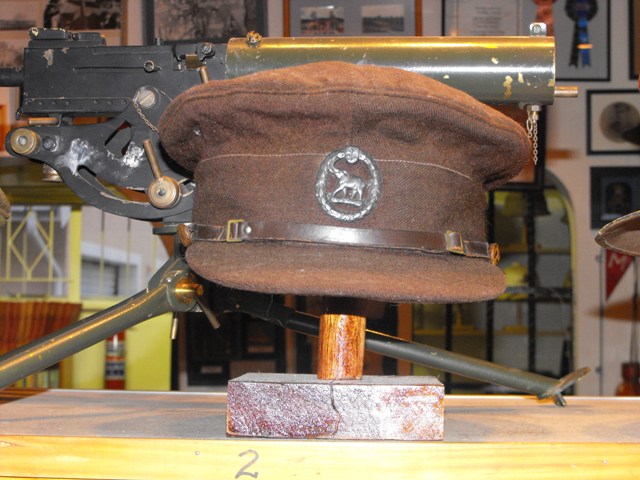
NON EUROPEAN ARMY SERVICES WORLD WAR TWO NMC CAP MADE FROM ROUGH DARK SERGE MATERIAL
0 -
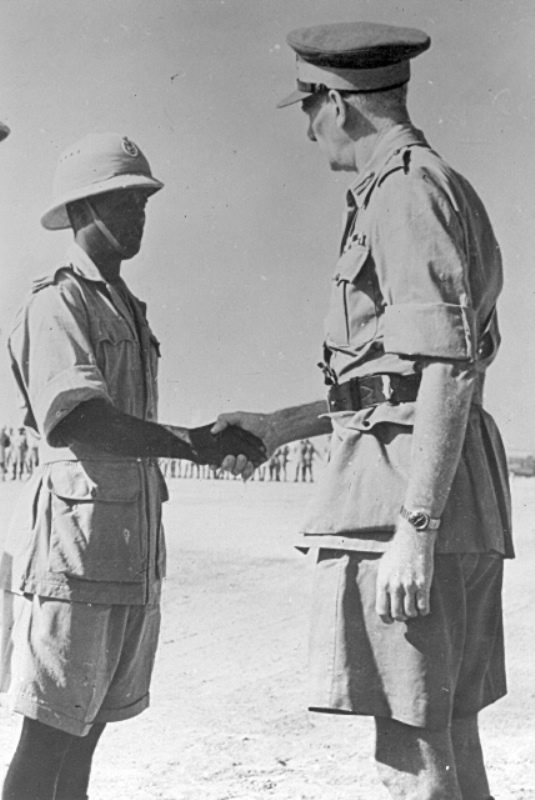
PTE MASEMULA ON PARADE, THE MM RIBBON PRESENTED TO HIM BY MAJOR-GENERAL FRANK THERON,
(GENERALOFFICER ADMINISTRATION, UNION DEFENCE FORCE, MIDDLE EAST FORCES)
0 -
Springkaan Masemula attested on 20 January 1941 in the Native Military Corps at the age of 24.
("SPRINGKAAN" MEANS "LOCUST" IN AFRIKAANS!)
He was attested as a Private and was allocated the force number of N 12389. He listed his mother, Honiga Masemula as his Next of Kin. An inhabitant of the Pretoria District, Masemula's religious denomination is stated as Anglican.
Masemula disembarked in Suez in North Africa on 15August 1941. Masemula was awarded 10 DAYS FIELD PUNISHMENT on 5 January 1942 for contravening the Military Discipline Code.
On 1 April 1941, Private Masemula was transferred to the 2nd South African Police Battalion and was later transferred to the 1st Battalion on 24 April 1941. The South African Police had sent a Brigade to North Africa that consisted of two Infantry battalions and a motor cycle contingent. The 6th or SAP Brigade formed part of theTobruk garrison and was called the 6th Infantry Brigade Group.
At 09HOO on the 2lst of June 1942, General Klopper surrendered Tobruk to General Rommel and 10 722 South African and 20 000 British soldiers were captured.
1200 of theSouth Africans captured were members of the Native Military Corps.
"It was a combination of shells, Stukas and Panzers. By 8 A.M. the infantry was through"
A GERMAN PARTICIPANT IN THE ASSAULT ON AND CAPTURE OF TOBRUK
After the surrender of Tobruk, Masemula was one of theSouth African soldiers listed as MISSING BELIEVED P.O.W. On 24 August 1942, Masemula's status as a P.O.W. was confirmed.
On 22 July 1942, Masemula and Private Tshaka escaped from Tobruk, an action in which both soldiers were awarded IMMEDIATE awards of the Military Medal for gallantry in the field. They had only reached their own forces lines on 18 August 1942. The immediate award was personally approved by Field Marshall Alexander, Commander in Chief of Middle East Command in a "MOST SECRET"citation.
After recovering from this ordeal, Springkaan was transferred to the 206 Motor Transport Company on 19 October 1942. Despite being a decorated "war hero", Masemula had 15 days' pay deducted from his salary for contravening sections of the Military Disciplinary Code. He returned to the Union of South Africa on 11 January 1944 and was discharged from the NMC on the 2nd of August 1945.
0 -
SOUTH AFRICAN NATIVE MILITARY CORPS
The Native Military Corps was established and existed from July 1940 to 1945. It consisted of 80 000 black African members from all the different South African tribes under the Non-European Army Services. The men served under white Officers and Non Commissioned Officers. The members were mainly mustered and used as stretcher-bearers; hospital orderlies; drivers;cooks; officer's servants and were used in support positions as non-combatants. A special tunneling company was formed under the South African Engineer Corps for service in North Africa. This company did sterling work in Syria. Eight Infantry battalions were formed within the Union of South Africa and they were issued with assegais. These Infantry battalions did not deploy on active service but were used to guard aerodromes and other key points in South Africa. Members of the Corps were awarded 1 Distinguished Conduct Medal and 14 Military Medals for gallantry during the Second World War. Most of these gallantry awards were awarded to the NMC stretcher bearers. The Corps wore a badge with an elephant within a wreath and a shield above with the Union Arms. The scroll with "N.E.A.S." stood for "NON-EUROPEAN ARMY SERVICE".
0 -
Hi Brett,
A beautiful and very rare badge, thank you for posting it!
Regards,
Will
0 -
-
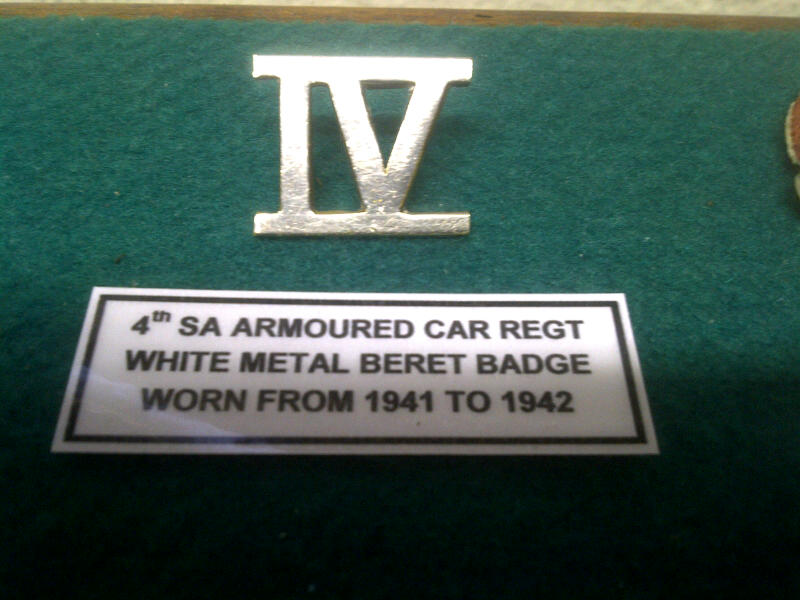
These beret badges do not appear often and several variations are known to exist.
Regards,
Will
0 -
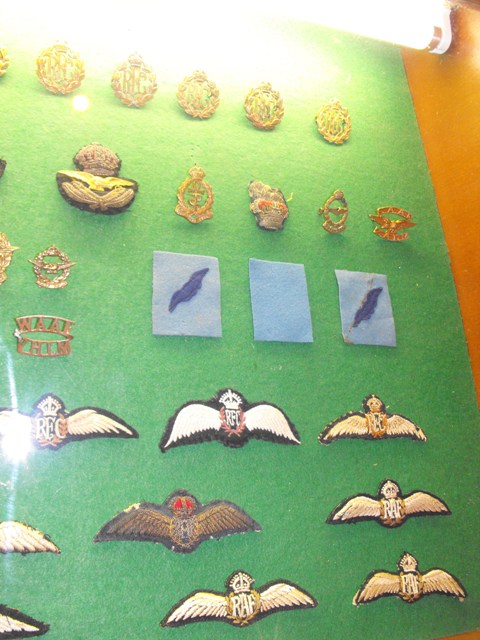
Some WW2 polo helmet cloth badges.
0 -
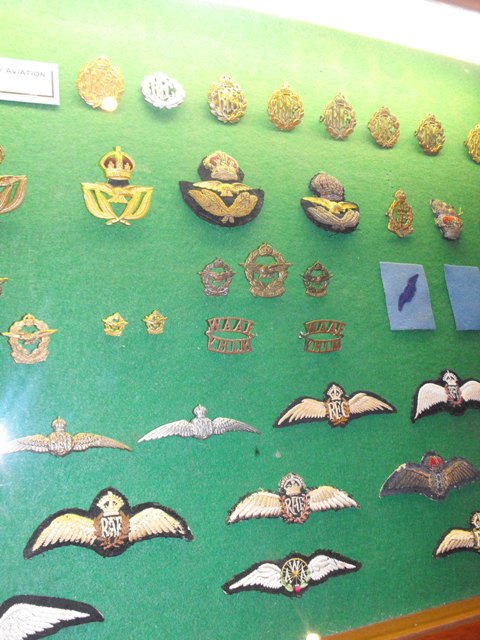
Some RFC and RAF brevet variations and a rare WW2 Woman's Auxiliary Air Force pilot brevet.
0 -
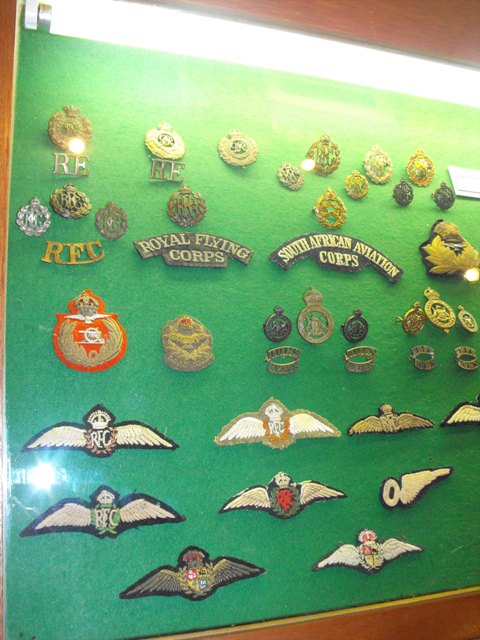
The very rare South African Aviation Corps cap badge and shoulder title.
0 -
-

I have been working on this collection of badges, shoulder titles, brevets and trade badges for a while now.
There is still a lot to be done.
Regards,
Will
0 -
Hi Mervyn,
Thank you for the comments.
I am currently at Heathrow on my way to Washington.
Regards,
Will
0 -
Hi Chris,
Yes, they do not surface often, I think this is the third one that I have seen in my "collecting career".
Regards,
Will
0 -
Hi Len,
i have been collecting militaria and medals for approximately 36 years now, I was 14 when I started.
My focus did change at times but I have"dug in my heels" over the last decade or so.
I have also tried to work on collecting items of "quality versus quantity".
Regards,
Will
0 -
-
-
-
http://gmic.co.uk/uploads/monthly_06_2011/post-3034-0-31881500-1308993644.jpghttp://gmic.co.uk/uploads/monthly_06_2011/post-3034-0-55540600-1308993647.jpg
0 -
-
-
-


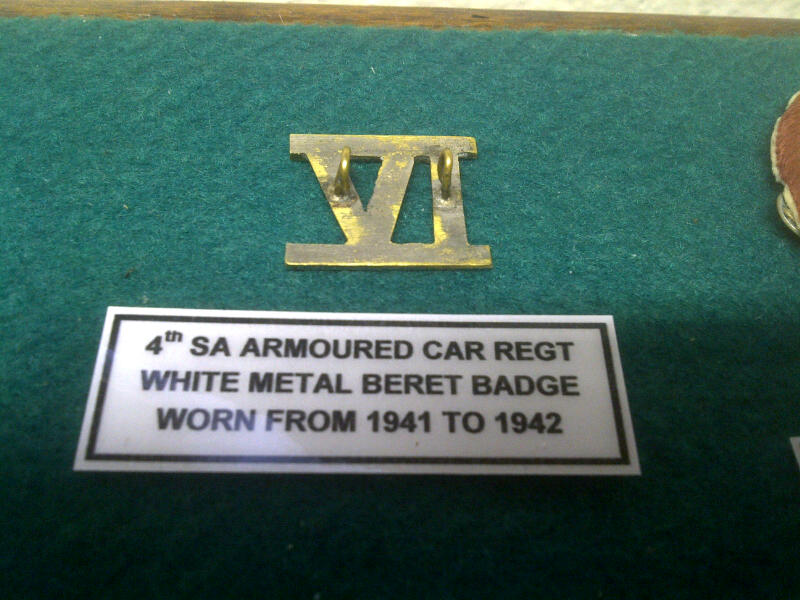
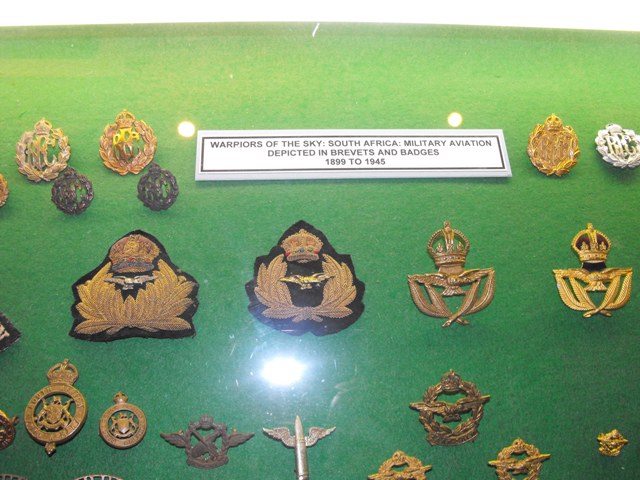

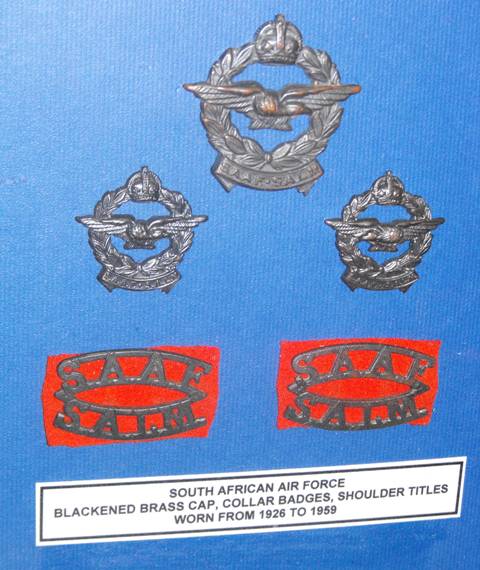

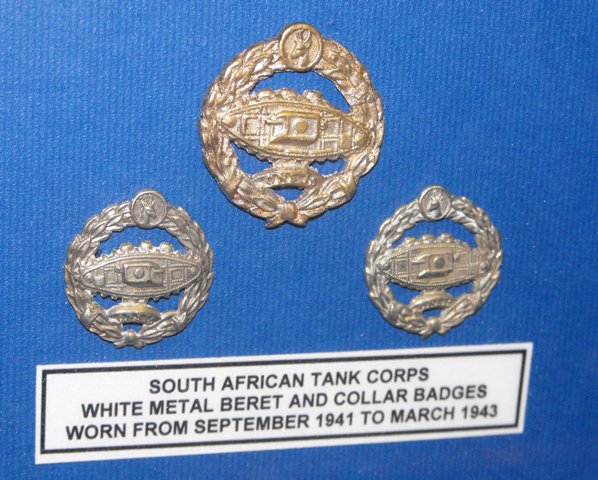
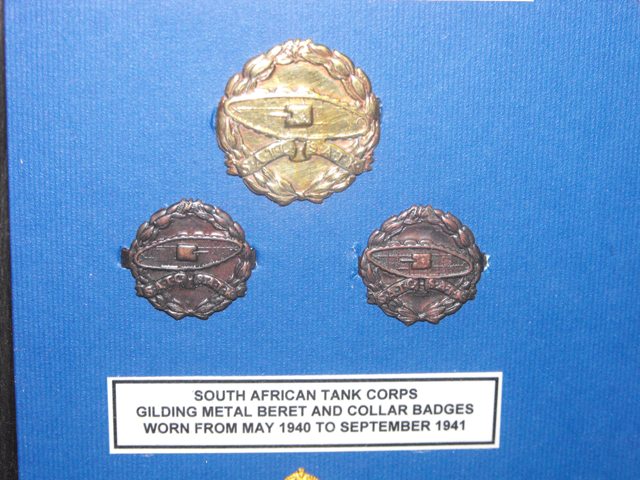
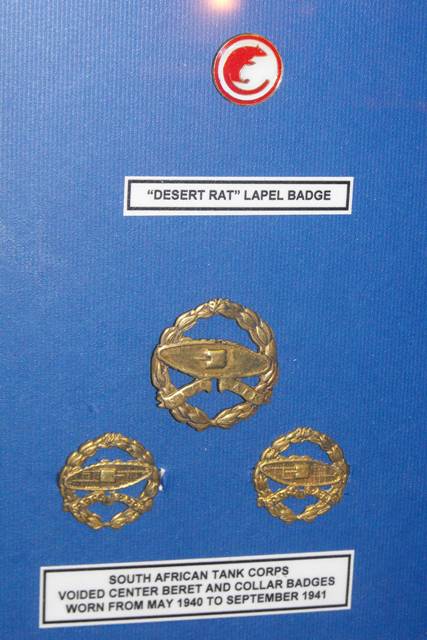
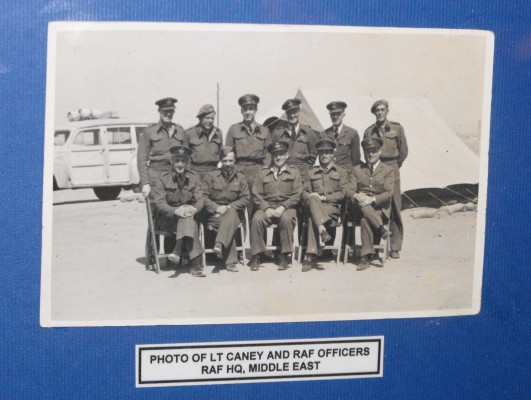
N12389 PTE S. MASEMULA; MILITARY MEDAL
in Great Britain: Orders, Gallantry, Campaign Medals
Posted · Edited by sabrigade
GALLANTRY DECORATION AND WW2 CAMPAIGN MEDALS AWARDED TO PTE MASEMULA